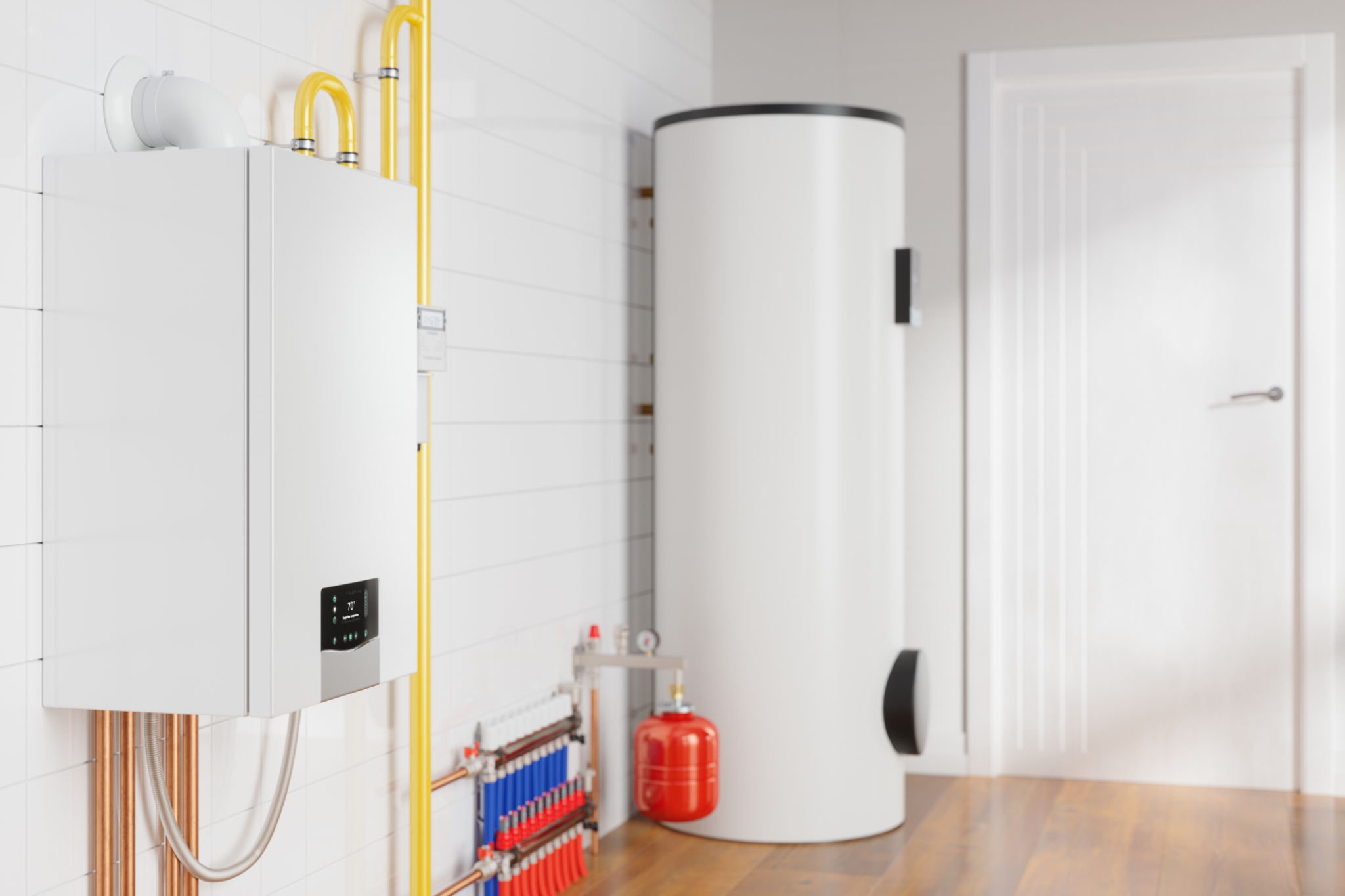Preparing Your Facility for Winter: A Comprehensive Checklist
Introduction to Winter Preparations
As the winter season approaches, it is crucial for facility managers to ensure their properties are ready to withstand the harsh weather conditions. Proper preparation not only protects the physical structure but also ensures the safety and comfort of its occupants. This comprehensive checklist will guide you through essential steps to winterize your facility effectively.
From inspecting heating systems to securing outdoor areas, each task plays a vital role in maintaining operational efficiency and safety during the colder months. Start early and address potential issues proactively to mitigate risks and avoid costly repairs later.

Inspecting and Maintaining Heating Systems
A well-functioning heating system is paramount in keeping your facility warm and comfortable. Begin by scheduling a professional inspection of your HVAC systems. Regular maintenance can identify potential problems before they escalate.
Checklist for Heating System Maintenance
- Replace or clean air filters to ensure efficient airflow.
- Inspect thermostats and calibrate them for accurate temperature control.
- Check for leaks or blockages in ducts and vents.
- Ensure boilers and furnaces are serviced and functioning properly.

Weatherproofing Windows and Doors
Drafty windows and doors can lead to significant heat loss, increasing energy costs. Weatherproofing helps maintain a consistent indoor temperature, enhancing comfort while reducing utility bills.
Steps to Weatherproof Effectively
- Apply weather stripping around doors and windows to seal gaps.
- Use caulking to fill cracks and prevent air leaks.
- Consider installing storm windows for added insulation.

Protecting Plumbing Systems
Frozen pipes can cause severe water damage, making it essential to protect plumbing systems. Insulate exposed pipes, especially those in unheated areas, such as basements or attics, to prevent freezing.
Plumbing Protection Tips
- Insulate pipes with foam sleeves or heat tape.
- Ensure outside water hoses are disconnected and stored properly.
- Consider using antifreeze solutions in toilets and drains in unheated areas.
Securing Outdoor Areas
Winter weather can create hazards in outdoor areas. Ensuring these spaces are secure helps prevent accidents caused by ice, snow, or fallen debris. Regularly clear pathways of snow and ice to maintain safe access for both staff and visitors.
Outdoor Safety Measures
- Trim tree branches that could break under heavy snow or ice.
- Ensure gutters are clean to prevent ice dams and water overflow.
- Apply salt or sand on walkways to reduce slipping hazards.
Final Preparations and Emergency Planning
No preparation is complete without an emergency plan. Ensure all staff are familiar with emergency procedures and have access to necessary resources. This includes having a supply of essentials such as food, water, first-aid kits, and backup power sources like generators.
An effective emergency plan includes clear communication channels, designated safety marshals, and regular drills to ensure everyone knows their role. Stay informed about weather conditions and be prepared to make quick decisions if needed.
By following this comprehensive checklist, you can safeguard your facility against winter's challenges. These preparations not only protect your investment but also ensure a safe and comfortable environment for all occupants throughout the season.

